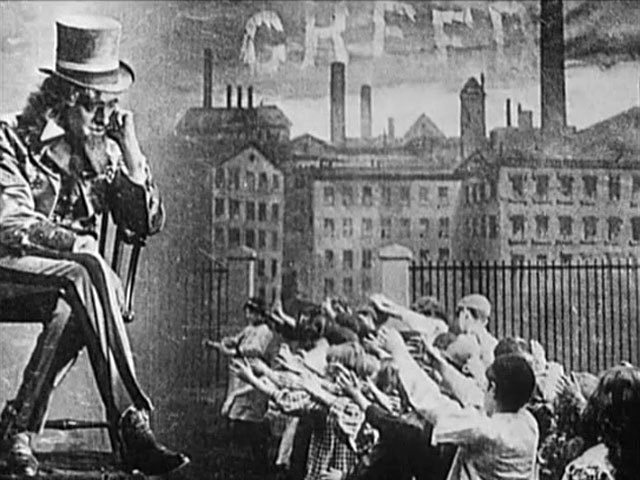The American Child Labor Regime

For once, the massive amount of child labor in this nation is receiving attention. I talk about it frequently, but as a third-rate historian on a top 100 political science blog, let’s just say it hasn’t changed the world. But when the Times talks about it, it does get attention, including from the Biden administration. But as Eric Levitz points out (and I have talked about this too), the issue is that the nation doesn’t want immigration but does want cheap labor so you have people, in this case children, who fall through the cracks.
On paper, this does not look like a difficult policy problem to solve. A precocious grade-schooler wouldn’t need much time to ascertain the basic answer: If the U.S. expands immigration opportunities for international workers, our labor shortage and Central Americans’ economic woes should ease simultaneously. After all, there is no “skills” mismatch between economically desperate Central Americans and open U.S. positions. The U.S.’s labor shortage is concentrated in fields that do not require an extensive education. The U.S. needs more kitchen staff, construction workers, and delivery drivers. Central America is home to a large number of people with the interest in and capacity to perform those roles. Opportunities for “win-win” policy-making are rarely so clear-cut.
Yet U.S. policy-makers refuse to take the win. Instead, their answer to the twin problems of a U.S. labor shortage and Central American poverty crisis is, effectively, as follows: To close the gap between job openings and available workers, the Federal Reserve will simply raise interest rates until a critical mass of Americans become too poor to afford discretionary purchases, demand for labor drops, and, in all probability, the U.S. enters a recession. Meanwhile, to mitigate the poverty of those to our south, the U.S. has been allowing Central American children to enter our country, work illegally at brutal jobs, then send remittances home to their adult family members. Specifically, we have decided to let Central American kids do this if — and only if — they embark on a roughly 2,000-mile journey to the U.S. border without a parent or guardian.
The first prong of this policy is open and intentional. The Federal Reserve has made no secret of its belief that beating inflation will require killing jobs and lowering wages. The second prong is a different story. U.S. officials have stumbled into what is in essence a child-labor trafficking policy, the cruelty and irrationality of which derive from negligence rather than intention.
Over the weekend, the New York Times published an investigation into the U.S.’s vast shadow workforce of child-migrant laborers. The paper uncovered stories of teenage roofers in Florida, delivery workers in New York City, and hotel maids in Virginia. Throughout every state in the union, across a wide variety of industries, minors from Central America are performing some of the most brutal jobs in the economy — in defiance of child labor laws. In some cases, these children were lured into the U.S. by de facto child-labor brokers who promised them comfortable homes and good schools — only to shunt the minors into 12-hour shifts, demanding that they pay back the cost of their passage.
In other instances, children have come to the U.S. with the intention of becoming full-time workers so that they can send money to their hungry families back home. This is, of course, an inversion of the conventional relationship between parents and children in the context of labor migration. (Typically, it is the adult who takes on the hazards of traveling thousands of miles, and the burdens of hard labor, in order to secure income for their kids.) But the U.S.’s disordered patchwork of immigration laws has rendered the opposite arrangement more feasible for many families.
Of course, given that the difference on immigration between Joe Biden and Stephen Miller is…..not very much, I have little confidence that anything will really change here.


